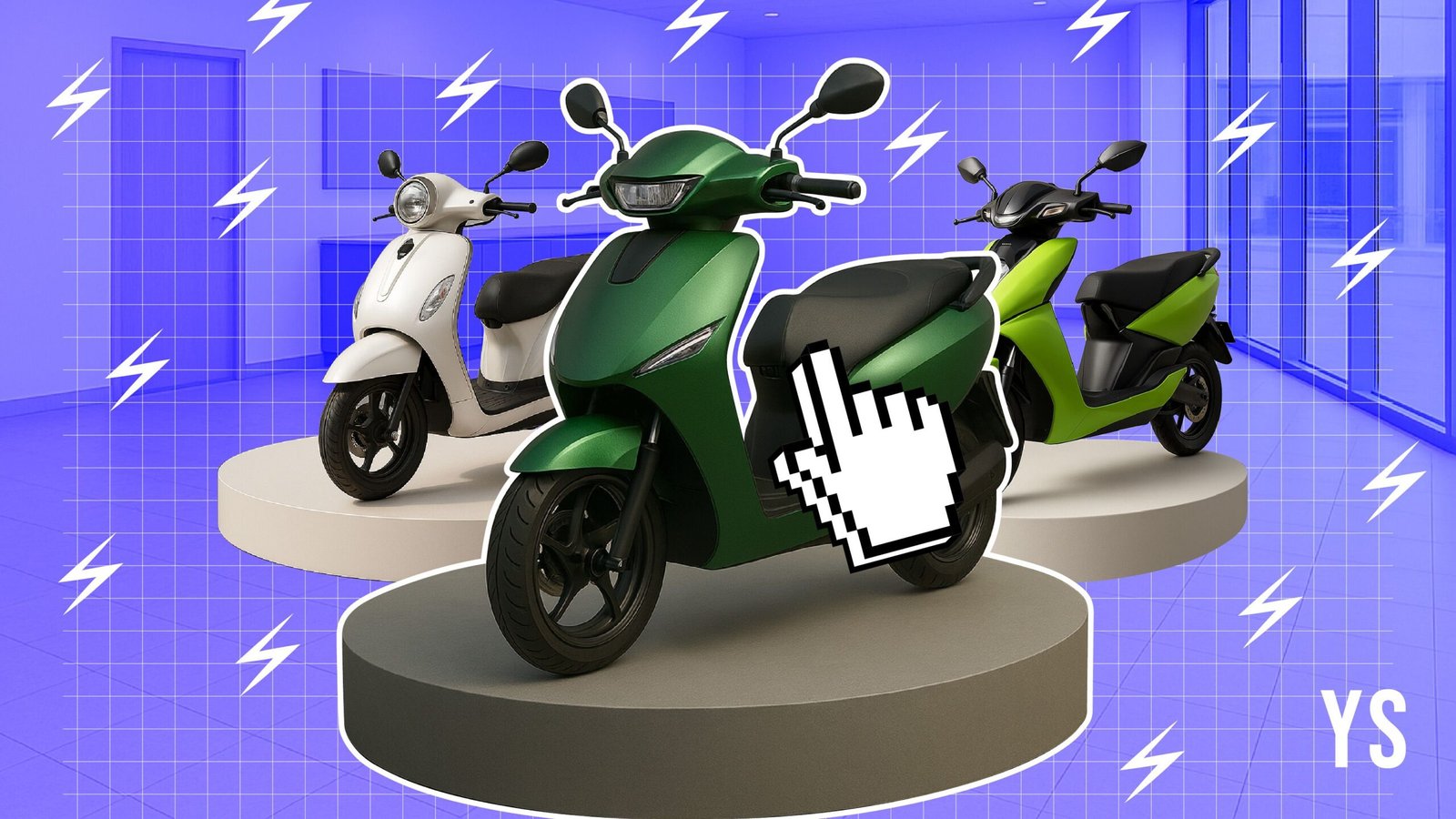Digital minimalism: How to reclaim focus in a busy world


We live in a world where notifications, emails, and social media updates compete constantly for our attention. Every ping, buzz, or alert pulls us away from meaningful work and drains our focus. For professionals, students, and creatives alike, this constant digital noise makes concentration increasingly rare and productivity more difficult to achieve.
Digital minimalism is not just a trend—it’s a philosophy for reclaiming control over your time and attention. Instead of letting technology dominate your life, it teaches you to use it intentionally, purposefully, and sparingly. By doing so, you can dramatically improve focus, reduce stress, and create mental space for what truly matters.
In this article, we’ll explore what digital minimalism is, why it’s essential in today’s hyper-connected world, and actionable steps you can take to regain your focus and reclaim your life from distractions.
1. Understand the cost of digital overload
Before you can reclaim focus, you need to understand what’s at stake. Research shows that constant digital interruptions can:
- Reduce productivity by up to 40%.
- Increase stress and mental fatigue.
- Shorten attention spans, making it harder to complete complex tasks.
When we scroll endlessly or multitask between apps, our brains are constantly switching contexts. This “attention residue” prevents deep work and creative thinking. Digital minimalism teaches us to be intentional with our technology use rather than reactive.
2. Prioritise intentional technology use
Digital minimalism isn’t about abandoning technology—it’s about using it with purpose. Ask yourself:
- Which apps genuinely add value to my life?
- Which notifications are essential versus distracting?
- How can I streamline my digital environment to focus on meaningful work?
Start by turning off non-essential notifications and uninstalling apps that pull you into endless scrolling. The goal is not deprivation—it’s clarity and control over your digital landscape.
3. Embrace time-blocking and tech-free reriods
One of the most effective ways to reclaim focus is to schedule time specifically for focused work and digital detoxes:
- Time-block work hours where no social media or messaging apps are allowed.
- Create tech-free zones in your day, such as during meals or before bedtime.
- Use apps or tools like “Focus Mode” or “Screen Time” to enforce limits.
These habits allow your brain to enter “deep work” mode, where creativity, problem-solving, and concentration thrive.
4. Curate your digital inputs
Just as we declutter our physical spaces, digital minimalism involves curating your information diet. Constant notifications, news updates, and social media feeds can overwhelm the mind. Ask yourself:
- Which newsletters or content streams provide true value?
- Which social media accounts inspire or educate me, versus waste time?
- How can I reduce information clutter to focus on the essential?
A curated digital environment minimises distractions and maximises attention for meaningful tasks.
5. Reclaim leisure and mindful technology use
Digital minimalism also changes how you approach leisure. Instead of endless passive scrolling, consider:
- Reading meaningful books or articles.
- Listening to educational or inspiring podcasts.
- Engaging in hobbies, creative work, or in-person interactions.
By being intentional, your downtime becomes restorative rather than draining, helping you recharge and increase productivity.
6. Build digital habits that last
Adopting digital minimalism requires consistent practice. Some actionable habits include:
- Daily digital check-ins instead of constant app usage.
- Batching emails and messages to specific times.
- Reflecting weekly on which digital habits helped or hindered focus.
Over time, these habits reduce cognitive overload, improve efficiency, and give you back control of your attention.
7. The benefits: focus, productivity, and peace of mind
By practising digital minimalism, you can:
- Boost productivity: More deep work, less wasted time.
- Enhance focus: Reduced context-switching allows for better concentration.
- Lower stress: Less constant stimulation reduces mental fatigue.
- Increase creativity: Freed-up mental space allows for problem-solving and idea generation.
- Improve life balance: More time for relationships, hobbies, and personal growth.
Ultimately, digital minimalism is about quality over quantity—fewer distractions, more meaningful engagement, and a sharper mind.
Conclusion
Digital minimalism isn’t a one-time change—it’s a mindset and lifestyle. By intentionally managing technology, curating digital inputs, and creating focused, tech-free periods, you can reclaim your attention and productivity.
In a distracted world, your ability to focus is one of your greatest competitive advantages. Implement digital minimalism today, and you’ll discover not only enhanced productivity but also a calmer, more intentional life.
Discover more from News Hub
Subscribe to get the latest posts sent to your email.







